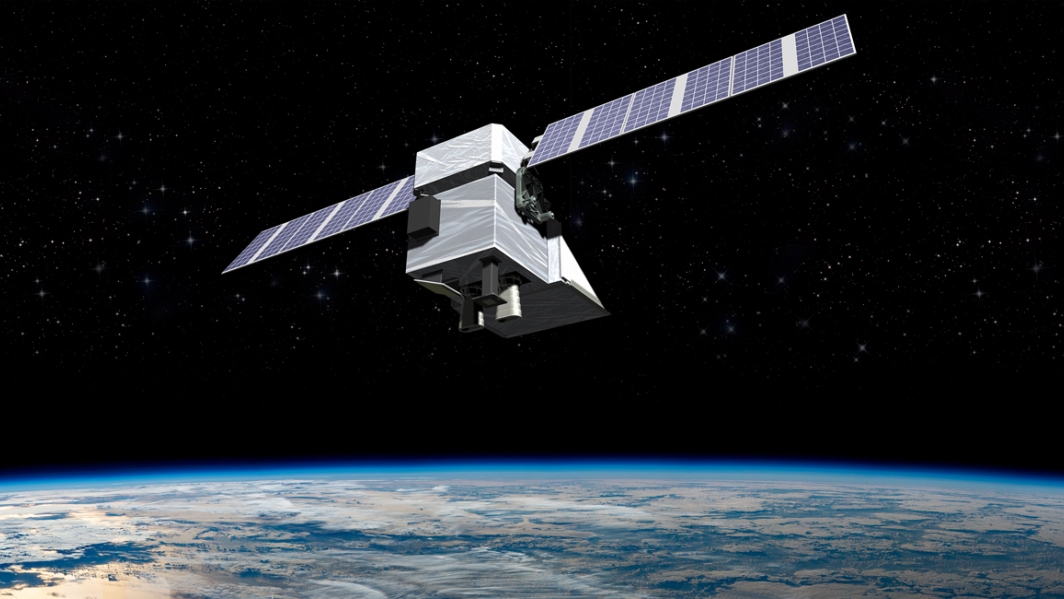-

Profile: Wills Dobson - small town, huge horizons
Feature story05 October 2017If it wasn't for a damaged shoulder, Wills Dobson wouldn't be launching weather balloons or fixing high-precision atmospheric measuring instruments. -

Tiny air bubbles reveal new information about greenhouse gas emissions
Media release24 August 2017Sitting at the surface of Taylor Glacier in Antarctica, are layers of ice more than 10,000 years old. And trapped inside those layers are bubbles of ancient air – like tiny time capsules - able to tell scientists a story about what the world used to be like and how humans have changed it. -

Layers of the atmosphere
Education ResourceThe atmosphere is comprised of layers based on temperature. These layers are the troposphere, stratosphere, mesosphere and thermosphere. -

Tonga volcano “afterglow” causes dazzling skies in Antarctica
Media release06 June 2017Antarctica is experiencing stunning skyscapes like those recently seen in New Zealand, thanks to the afterglow effect from the Tongan volcano. -

Storms and cyclones
Education ResourceCommon questions about storms and cyclones in New Zealand. -

Climate change, global warming and greenhouse gases
Climate data and common terms explaining the causes and effects of climate change. -

What is ocean acidification?
Education ResourceOcean acidification is the name given to the lowering of pH of the oceans as a result of increasing carbon dioxide (CO2) in the atmosphere. -

What do 'carbon neutral' and 'carbon footprint' mean?
A carbon neutral activity is one that has a carbon footprint of zero. -

What are greenhouse gases?
Greenhouse gases are atmospheric gases that intercept long-wave (mainly infrared) radiation emitted from the Earth's surface. -
NOAA Satellite data
Like the GMS satellite, the NOAA Series of polar orbiting satellites (operated by NOAA, the US National Oceanic and Atmospheric Administration) are a component of the World Weather Watch meteorological satellite network.



